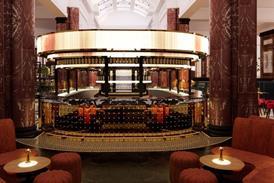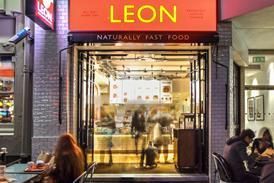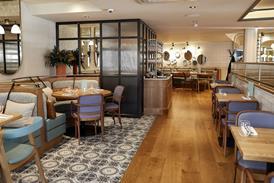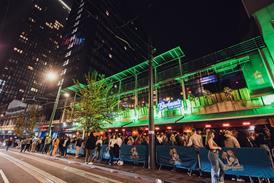Win big with staff engagement
Employee engagement needs to be a core part of business strategy argues Keith Perske, who leads the Workplace Innovation advisory practice for Colliers International.
Alternatively SUBSCRIBE for unrestricted access to all content. Contact us for more information



























